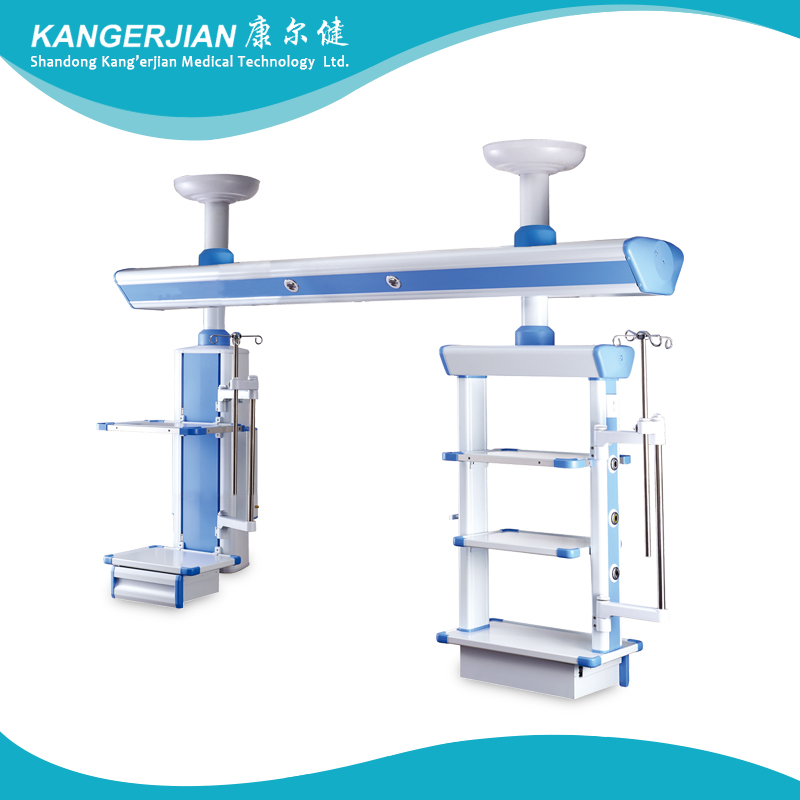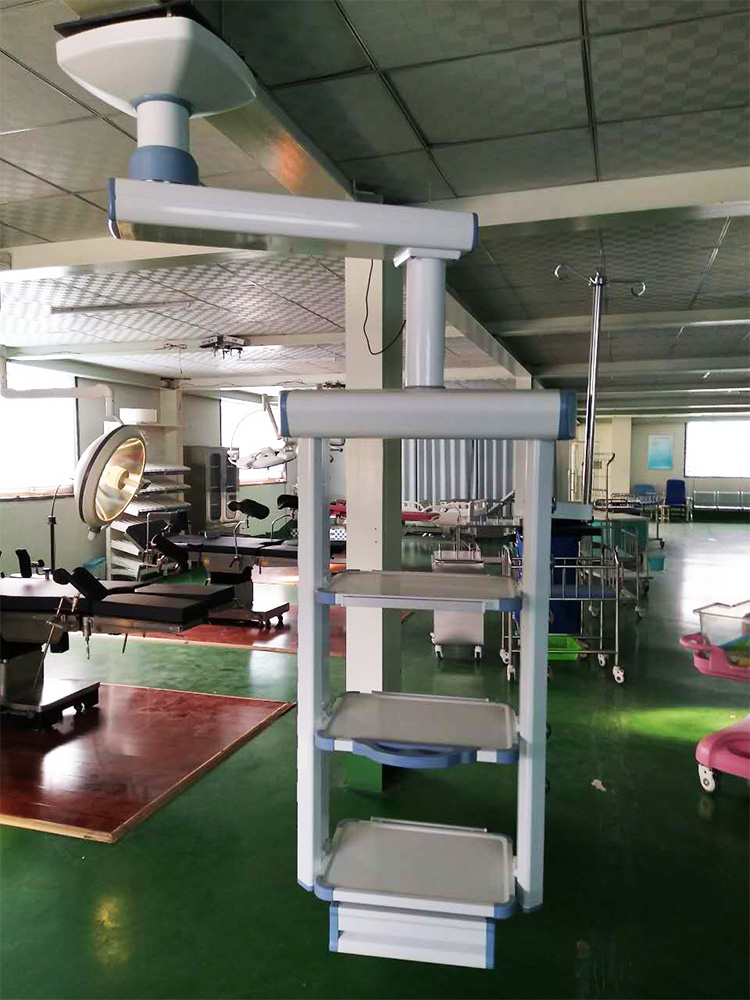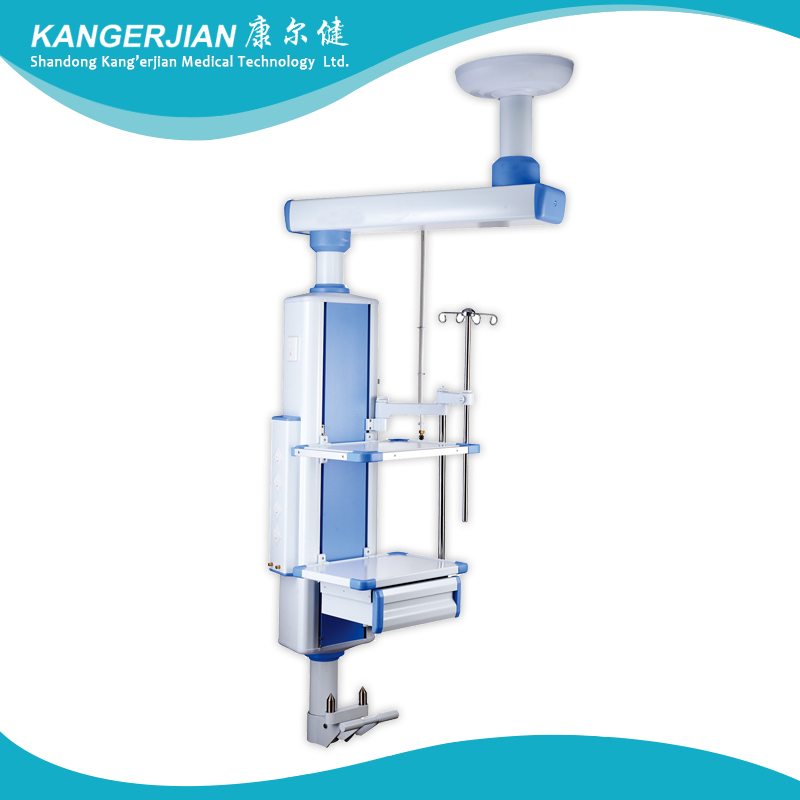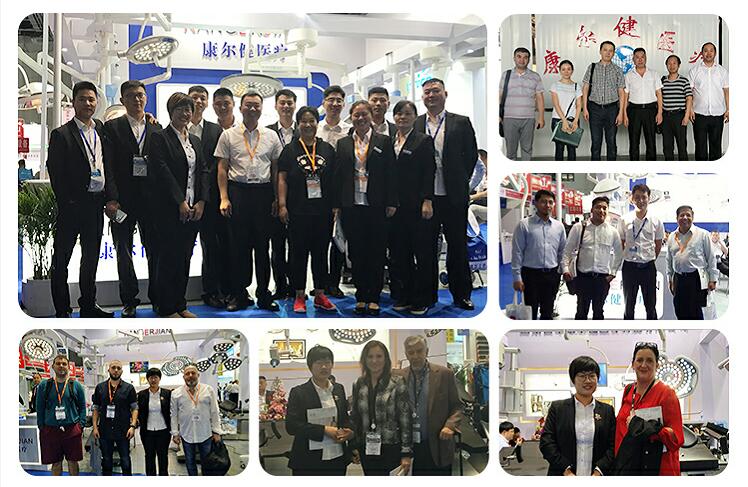Kidney beans are resistant to high temperatures, hi light, more drought tolerant, and impatience. In the spring, greenhouses and other facilities are used for cultivation. To improve the quality of the market, early-maturing, high-yield and high-efficiency products are introduced.
1, choose a good species
There are many varieties of cowpea, and the production depends on the climatic conditions, cultivation habits, planting seasons, and market requirements. For example, in the middle and lower reaches of the Yangtze River, it is possible to use long vine-type low-temperature and low-light cultivars, early flowering results, long pods, tender meats, long growth periods, and high yields. Other varieties.
2, cultivate strong seedlings
The time of growing seedlings depends on the cultivation method: general greenhouses are planted in small sheds and cultivated in mid-to-late February; small sheds and mulch cultivation are planted in early March. Use about 2.5 kg per mu. Seedlings can use nutrient pods or plugs, nutrient soils with 4 parts of fully decomposed organic fertilizer, and 6 parts of vegetable garden soil. After thorough mixing and sifting, they are loaded with 6 cm in diameter and 8 cm in height or 5 cm in diameter. About 50 holes in each tray, and nutrition or potholes neatly placed in a leveling seedbed. Soak the nutrient cartridges or plugs with water before sowing. After the water is soaked, sow the seeds that are 2-3 days free of sunshine, disease-free and insect-free, and well-balanced and sown in the nutrient cartridges or plug trays. Grain), then cover the sieve about 2.5 centimeters of nutrient soil. The seedbed is selected to be in the leeward sunny position, and a small arch shed is to be built after sowing to cover the plastic film and cover a layer of plastic film on the nutrition bowl or the plug tray. Before the emergence of the bed temperature to maintain 30 °C -35 °C, water should not be too much to prevent seed rot, usually 4 days to emerge. Immediately after emergence, the mulching film was opened and the temperature was controlled at 25°C-30°C to keep the soil moist. Gradually cool the seedlings 5-7 days before planting to enhance resistance. Throughout the nursery period, the nursery should not only prevent the soil from drying out, but should not be overly watered, and should prevent the seedbed from collecting water.
3, building a planting plant
Kidney beans are not strict with soil requirements, but in order to obtain high yields, slightly acidic sandy loam soils that have not been cultivated within two years should be planted. Apply 2,000 to 3,000 kilograms of high-quality rotting organic fertilizer per acre, 45% total compound fertilizer, 25 kilograms to 30 kilograms of basal fertilizer, deep plowing about 25 centimeters, 50 centimeters wide, 20 centimeters high, and spaced 50 centimeters to build a mulch, covering the mulch on the surface. Generally, on the first pair of true leaves, the spacing is 35 centimeters and the spacing is 30 centimeters. Cross-cutting on the mulch is to be planted on the mulch. After planting, water should be poured into the living trees to fill the holes.
4, fine management
The general principle of fertilizer and water management is to prevent stems and leaves from prolonging in the early stages and to prevent premature aging of plants in the later period. Generally on the basis of applying base fertilizers according to standards, the seedlings are topdressed for 1-2 times according to their growth potential. Each time, 750 kg of diluted manure water or 2.5 kg of urea is applied per acre; 25% nitrogen-phosphorus potassium ternary compound fertilizer 10-15 kg. Seedlings should be properly controlled water, to prevent stems and leaves lengthy and reduce inflorescences; flowering and waterlogging period more water, about 7 days to pour water, harvesting period combined with water chase fertilizer material. Bean cultivated in spring facilities has a long flowering and scarring period, and more attention should be paid to the post-application of fertilizers. In addition, multiple foliar fertilizers such as potassium dihydrogen phosphate and multi-element boron fertilizers should be sprayed in combination with pest-resistant roots to prevent premature degeneration of plants.
The vine pods were drawn quickly and the plastic vines were hanging on the scaffolds when they were 5-6 leaves. The early stem vines have a weak winding ability and need to be artificially wound around the vines and selected to be carried out in the morning without dew or cloudy days to prevent breakage of stem vines.
The twigs were combined with the vines for reasonable pruning. Usually the lateral branches below the first inflorescence were removed to 3 cm in length to ensure that the main stalks were stout; the lateral branches above the first inflorescence remained 1-2 topping; when the main vine reached the roof, Top topping to control growth and promote the formation of floral buds in the lower branches.
Pest control The main diseases of cowpea include rust, leaf spot, and root rot; insect pests include cardamom, leaf miner and acarid. Comprehensive control techniques should be used. Rust can be controlled by triadimefon, leaf spot can be controlled by thiophanate-methyl, and root rot can be controlled by carbendazim, enemy coughone, and green sterilizer. To control underground pests such as ground tigers, in addition to soil treatment, fresh bran mixed with trichlorfon can be used to seduce in the field around the evening. Soybean meal can be used insecticidal double, anti-Taibao, Ruijin special prevention and treatment, leaf miner can be used Losbene, phoxim, control, killing and killing can be used to kill the net and other agents.
Scientifically harvested cowpeas are racemes. Each inflorescence has 2–5 pairs of flowers, usually only 1 pair, with sufficient water, good management, and all the flowers can grow when the beads grow well. The first pair of pods harvested after the first two flower buds began to blossom, so carefully harvest, do not bump or touch the flower buds on the inflorescence, in order to increase the number of pods, increase production. 10-12 days after flowering, the pods are full and the seeds can be harvested when they are not present.
ICU Arm bridge for the hospital ICU wards, intensive care unit of modern medical rescue necessary auxiliary equipment ,mainly by the bridge dry and wet sections, characterized by the separation of wet and dry is reasonable structure ,allocation of landing and taking off the wet paragraph flexible and fluid infusion pump rack frame and infusion pump mount .
Paragraph can be equipped with wet and dry conditioning off and landing platform for the medical care equipment ,in the segment, respectively ,of wet and dry oxygen, air attracted by strength of electricity ,the network input terminals can be configured in the health care workers and staff body of tower.
The moving parts adopts Damping Friction Brake system, while also matching your request in accordance with paging communications ,monitoring ,video telephony, background music ,as well as teaching and long-distance diagnosis system.





Double Arm Electric Medical Pendant
Double Arm Electric Medical Pendant,Ceiling Pendant,Double Pendant Light,Electric Medical Pendant
Shandong Kang'erjian Medical Technology Ltd. , https://www.operatingtable.nl